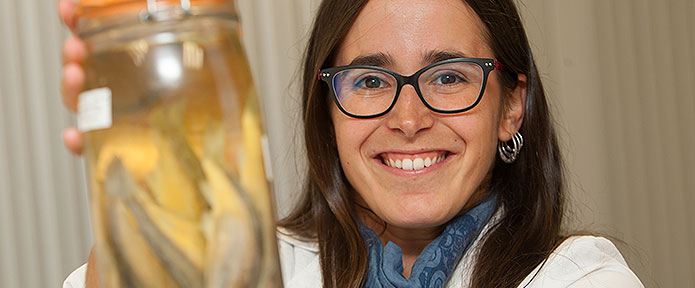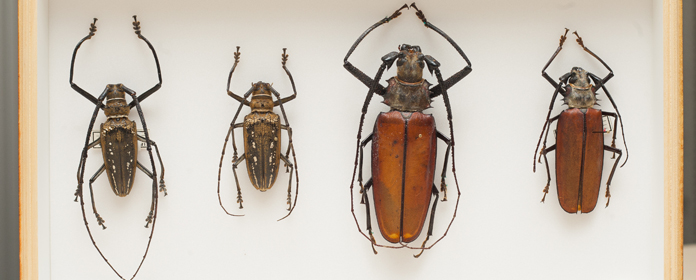20010209-Un estudio señala que la forma de la vid influye tanto en la cantidad como en la calidad de la uva
Study shows that vine shape influences both quantity and quality of grapes
Helena Baigorri Arce from Pamplona defended her doctoral thesis thesis at the University of Navarra on the effect of conduction systems on the Tempranillo variety.
The vine training system, i.e., the arrangement of the vines in the plot and in space, influences both the quantity and quality of the vine, since depending on the characteristics of each system, the results in production vary. This is the conclusion of the doctoral thesis defended at the University by Helena Baigorri Arce from Pamplona, entitled "Effect of the conduction system on the physiology of the grapevine (Vitis vinifera L.) Tempranillo variety". The research, directed by Dr. Manuel Sánchez Díaz and Dr. Mª Carmen Antolín Bellver, has obtained the maximum grade of the court, A cum laude, unanimously.
According to the new doctor, "the production of quality grapes for the production of competitive wines on the market depends on many factors, among which the choice of the conduction system is of great importance for a given variety".
B "The layout of the vine," he explains, "has an influence on the interception and distribution of solar energy, since the microclimate, both luminous and thermal, of the leaves and clusters depends on it; in other words, it conditions, on the one hand, the overall photosynthetic activity of the vegetation, and on the other, the temperature at which the cluster will develop and ripen.
The study was carried out at the department of Plant Physiology of the University of Navarra, in partnership with the Viticulture and Enology Station of Navarra (EVENA) and the University of Bordeaux. The grape variety chosen was Tempranillo, "since it is currently the most cultivated variety and, moreover, its proportion within the Navarran varietal range continues to increase", he points out.
Differences in the final stages of grapes developmentThe research has focused on the effect of two conduction systems, the high glass and the double cordon, on various physiological parameters such as water status, gaseous exchange and the levels of two growth regulators related to the process of development and grape ripening.
"These conduction systems were chosen for their differences in the arrangement of the vegetation in the space, as well as for their interest in the viticulture of the area," says Helena Baigorri. "The high glass is characterized by presenting a free arrangement of vegetation distributed in all the planes of the space; on the other hand, the cordon system presents its vegetation arranged in two main planes."
The results show differences between the two conduction systems, especially in the gaseous exchange and in the content and evolution of the two growth regulators studied. "However, no differences were found with respect to water status between the two systems."
"In general, the differences were most apparent in the final stages of development of the grapes," he clarifies. "Finally, the production and enological characteristics of the grapes at the time of harvest were affected by the conduction system."




